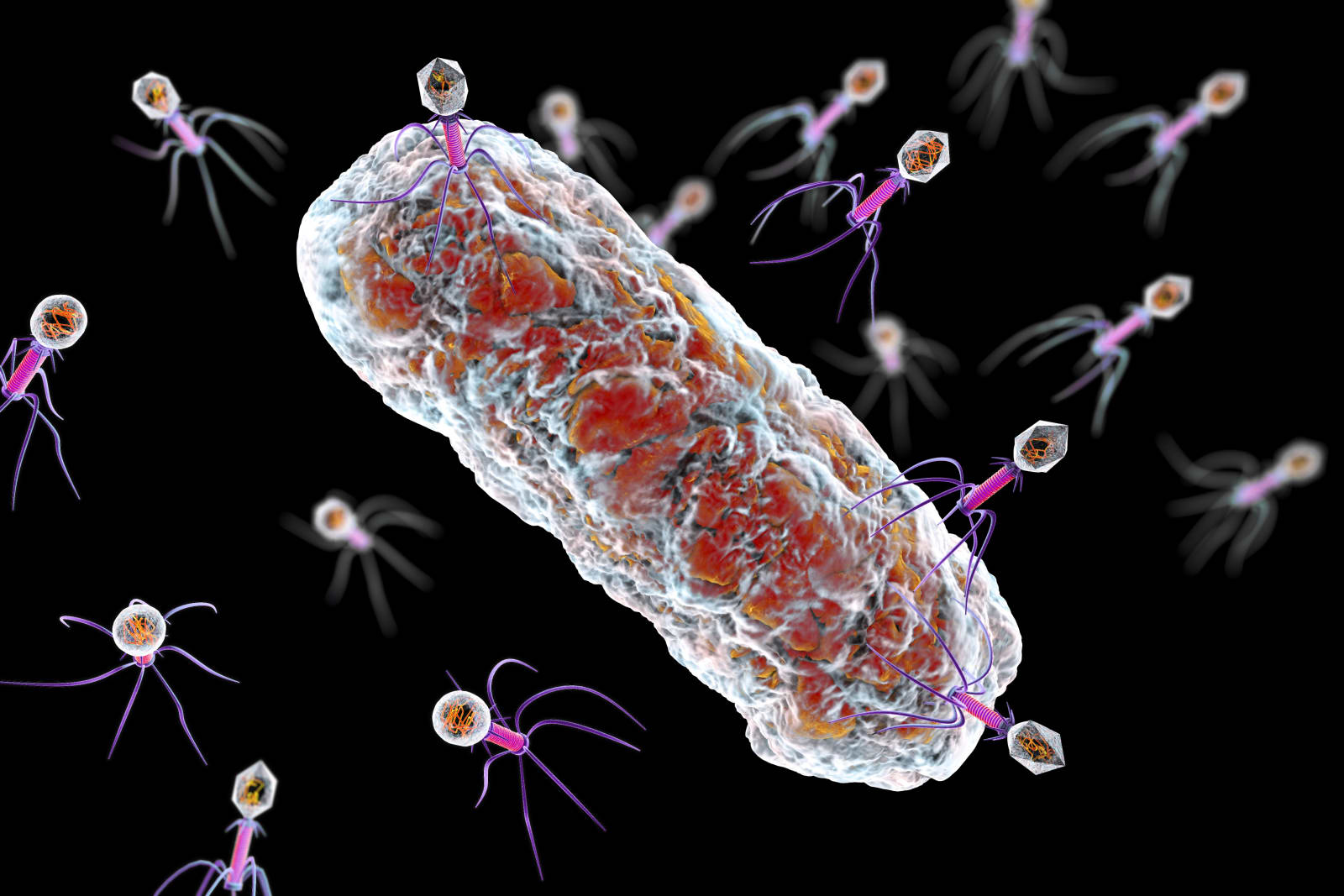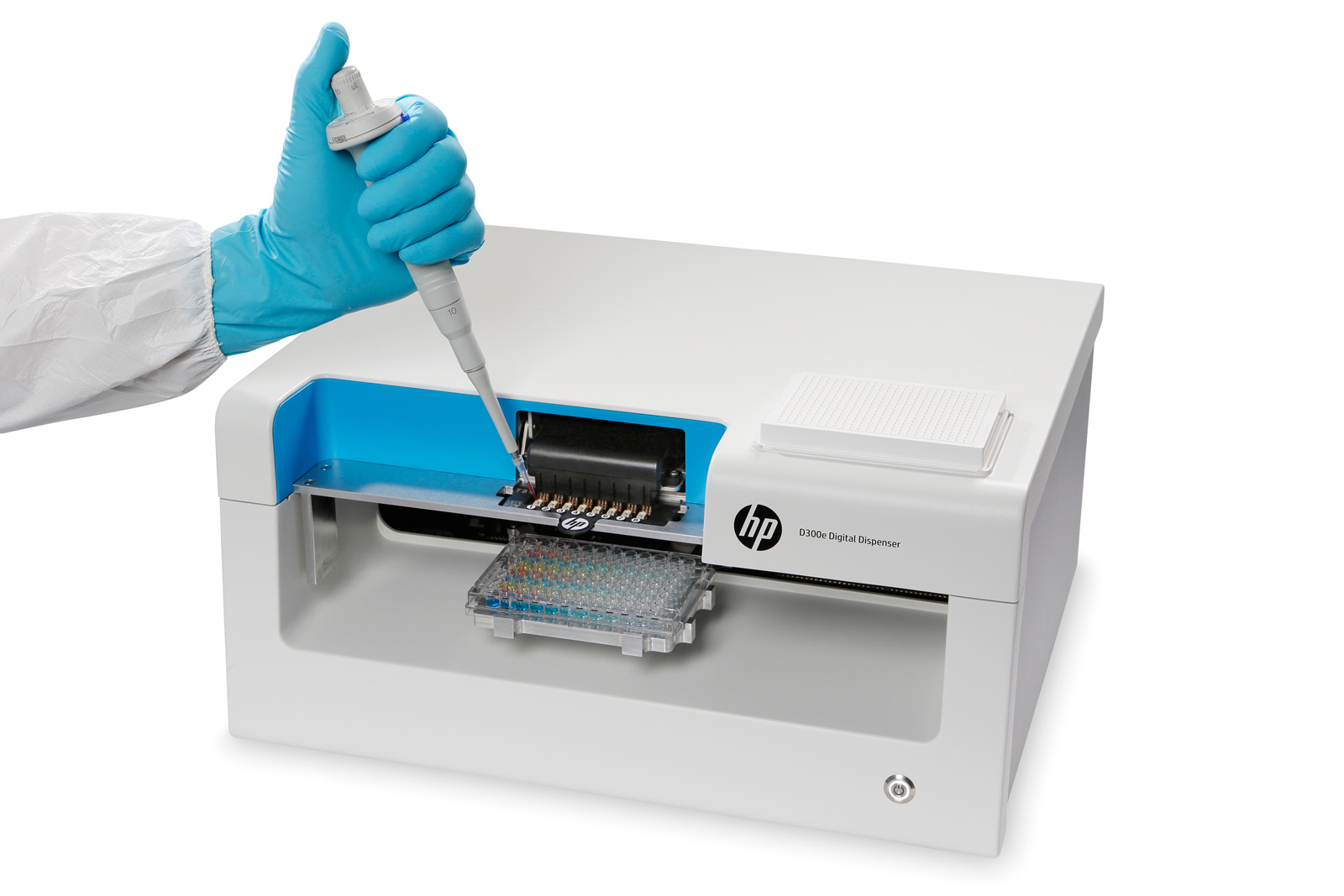
Viruses usually have to be rendered inert to work in humanity's favor, as anyone who has received a flu shot can attest. Auburn University has bucked that trend by discovering a way to put active viruses to work in not only diagnosing sickness, but in preventing it in the first place. It's using bacteria-hating (and thankfully harmless) viruses as biosensors to quickly identify superbugs, or antibiotic-resistant bacteria that can sometimes prove fatal. As the viruses change color once they've reached impervious bacterial strains, in this case variants on Staphylococcus, they can reveal superbugs within 10 to 12 minutes -- a potentially lifesaving interval when current purification-driven methods can take hours. Auburn would like to eventually use what it has learned to develop more effective antibacterial glass and similar surfaces. If successfully put into practice, either breakthrough could mitigate what's already a major medical crisis.
[Image credit: Bob Blaylock, Wikipedia]
Filed under: Science, Alt
Comments
Via: The Verge
Source: JoVE
 The use of AI to discover medicine appears to be paying off. MIT scientists have revealed that their AI discovered an antibiotic compound, halicin (named after 2001's HAL 9000), that can not only kill many forms of resistant bacteria but do so in a...
The use of AI to discover medicine appears to be paying off. MIT scientists have revealed that their AI discovered an antibiotic compound, halicin (named after 2001's HAL 9000), that can not only kill many forms of resistant bacteria but do so in a...
 The use of AI to discover medicine appears to be paying off. MIT scientists have revealed that their AI discovered an antibiotic compound, halicin (named after 2001's HAL 9000), that can not only kill many forms of resistant bacteria but do so in a...
The use of AI to discover medicine appears to be paying off. MIT scientists have revealed that their AI discovered an antibiotic compound, halicin (named after 2001's HAL 9000), that can not only kill many forms of resistant bacteria but do so in a...
 Doctors normally resort to bacteriophages (bacteria-killing viruses) to kill antibiotic-resistant "superbugs" only when they've run out of options, in part because it's difficult to find the ideal example. It can take months or more just to find a v...
Doctors normally resort to bacteriophages (bacteria-killing viruses) to kill antibiotic-resistant "superbugs" only when they've run out of options, in part because it's difficult to find the ideal example. It can take months or more just to find a v...
 The Center for Disease Control and Prevention is turning to some bleeding edge tech in its bid to stamp out drug-resistant 'superbug' bacteria. It's buying a slew of HP bioprinters (the D300e you see above) as part of a pilot program that could spee...
The Center for Disease Control and Prevention is turning to some bleeding edge tech in its bid to stamp out drug-resistant 'superbug' bacteria. It's buying a slew of HP bioprinters (the D300e you see above) as part of a pilot program that could spee...




 Scientists are clearly picking up the pace in their quest to kill antibiotic-resistant "superbugs." Teams at the Universty of Melbourne and UT Southwestern Medical Center have developed composite molecules that overcome the defenses of stubborn bact...
Scientists are clearly picking up the pace in their quest to kill antibiotic-resistant "superbugs." Teams at the Universty of Melbourne and UT Southwestern Medical Center have developed composite molecules that overcome the defenses of stubborn bact...
 Many current attempts at killing drug-resistant "superbugs" amount to racing against time, whether it's improving research technology or developing germ-fighting techniques that are less likely to promote resistance. That's not really an effective l...
Many current attempts at killing drug-resistant "superbugs" amount to racing against time, whether it's improving research technology or developing germ-fighting techniques that are less likely to promote resistance. That's not really an effective l...
